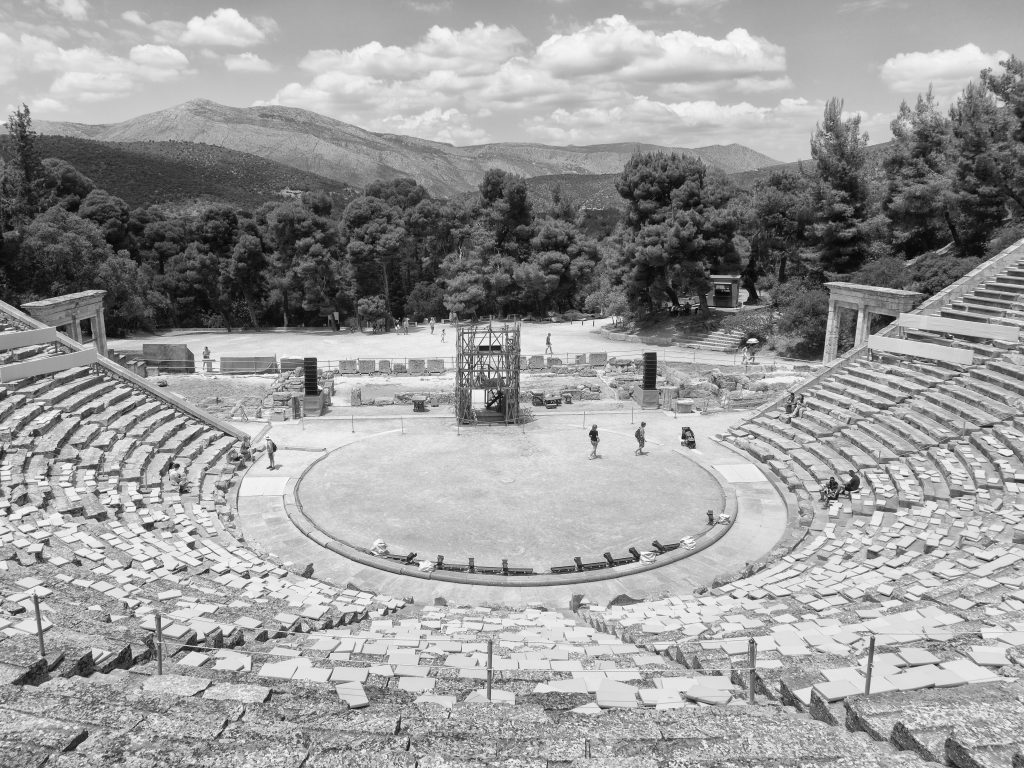5,000 years and still going strong
Boxing is one of the most traditional sports and archaeological evidence and written historical sources prove it to be at least as old as the world’s first civilisations.
Due to the simplicity of the sport and its military benefits, boxing quickly spread around the first human civilisations nearly 5,000 years ago.
Boxing was born in the Sumerian cities located in the area of modern Iraq at the beginning of the third millennium BC – but Egypt, India, Greece and China also have evidence of the sport taking place in their own ancient civilisations.
One of the earliest pieces of physical evidence of boxing is a carving depicting two fighters in the civilisation of Samaria dating back almost 5,000 years ago. Furthermore, the votive tablets discovered a few years ago by archaeologists at the Sumerian city of Khafaje date from around 3000 BCE and contain information about boxers.
The city of Thebes was one of the capitals of ancient Egypt and there, boxing was depicted on a sculpture dated around 1350 BCE. The sculpture contains three sets of boxers and the Pharaoh himself among the spectators. In the tombs of the 18th dynasty of ancient Egypt (1570-1320 BC), archaeologists found pictures of boxers, wrestlers and stick fighters.
Several relief artworks (a method of sculpture) found in the Mesopotamian states of Assyria and Babylonia and in the Hittite Empire (a part of modern Turkey) also depict early boxing bouts. At this time, Assyria was a military state and boxing could be part of the training of their successful armies, which conquered the neighbouring countries.
Musti-Yuddha is one of the traditional forms of boxing and originated in ancient India. The sport was mentioned in the classical Vedic epics as the Ramayana and Rig Veda. Another major Sanskrit epic of the ancient Indian civilisation; the Mahabharata, also provides evidence of early boxing in describing fighters and their equipment in the first millennium BC.
The earliest representation of boxing from ancient Greece dates from the Minoan and Mycenian period in the middle of the second millennium BC. A decorative drinking goblet from 1500 BC Crete is the earliest physical evidence and shows a boxer in a helmet and his opponent. The second piece of evidence from ancient Greek was discovered on the island of Thera as part of a fresco from around the same time; showing two children boxing.
The Ancient Olympic Games were held in the polis of Olympia in Greece and took place every four years. The sport of boxing was involved in the Games for the first time at the 23rd Olympiad that took place in 688 BC, when Onomastos of Smyrna won the first gold medal. According to later written sources from Philostratus, Pausanias and Eusebius, Onomastos wrote and collated the Ancient Greek Boxing rules around the same time as enjoying Olympic success.
Back then, there were no weight classes, time limit, scoring system or strict rules in the Ancient Olympic Games. As a result, fights were often brutal and occasionally fatal for the defeated. The other side of the story is that honour, respect, and fair play were key factors in the boxing events of the Olympic Games. The most important rules in boxing at the Ancient Olympic Games prohibited holding of the opponent and blows to the male organs. All winners were respected throughout Greece and the Greek civilisation.
To protect their hands and save themselves from injury, Ancient Olympic Games boxers bound leather thongs around their knuckles. These gloves were patted with wool inside while the outside part was covered by hard straps of leather to increase the efficiency of the punches during combat. The ancient Greek boxers went through rigorous training before contests just like in the present day and used softer gloves during that preparation.
Stay up to date at mtkglobal.com and on social media @mtkglobal
HÖRFA are proud sponsors of British Boxing News

